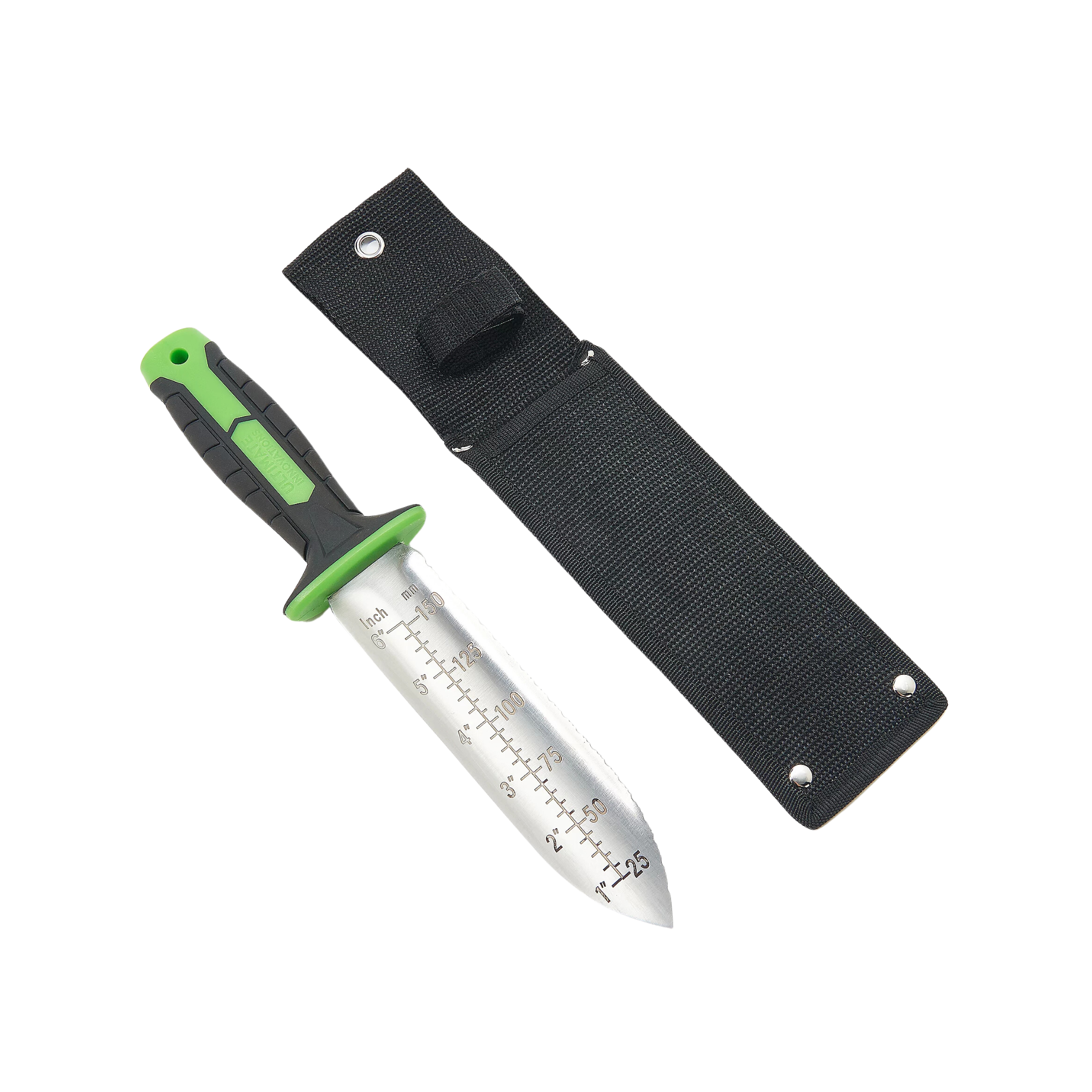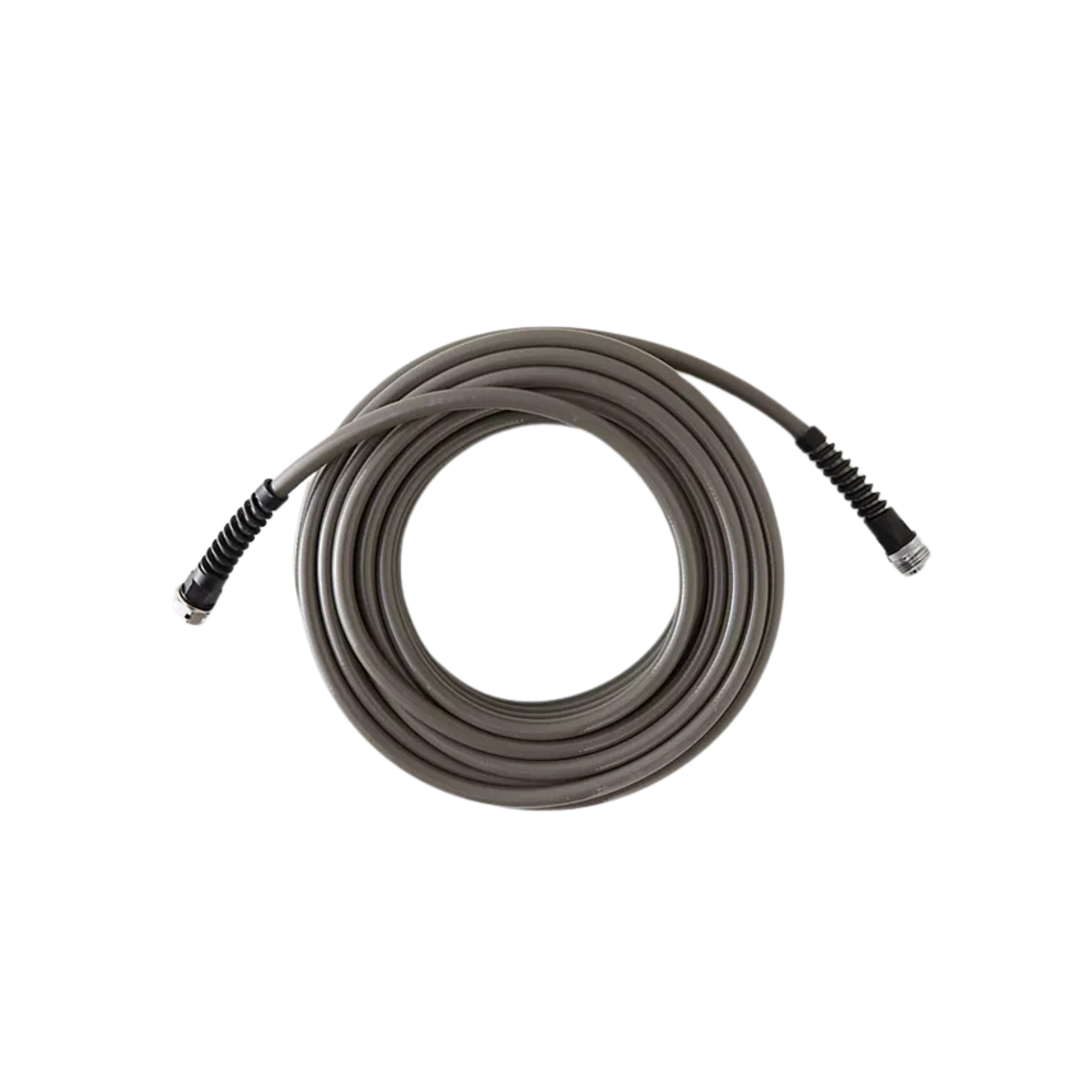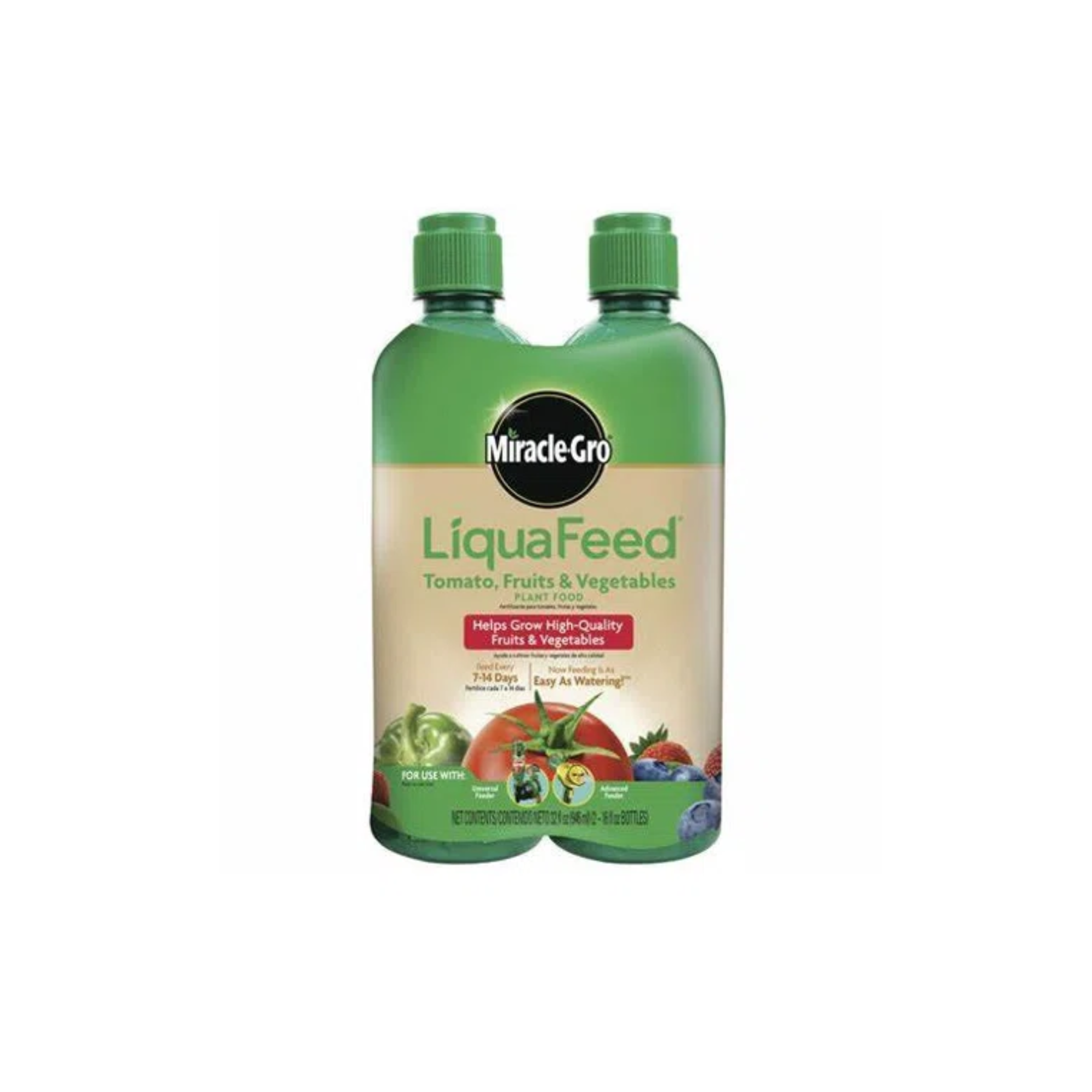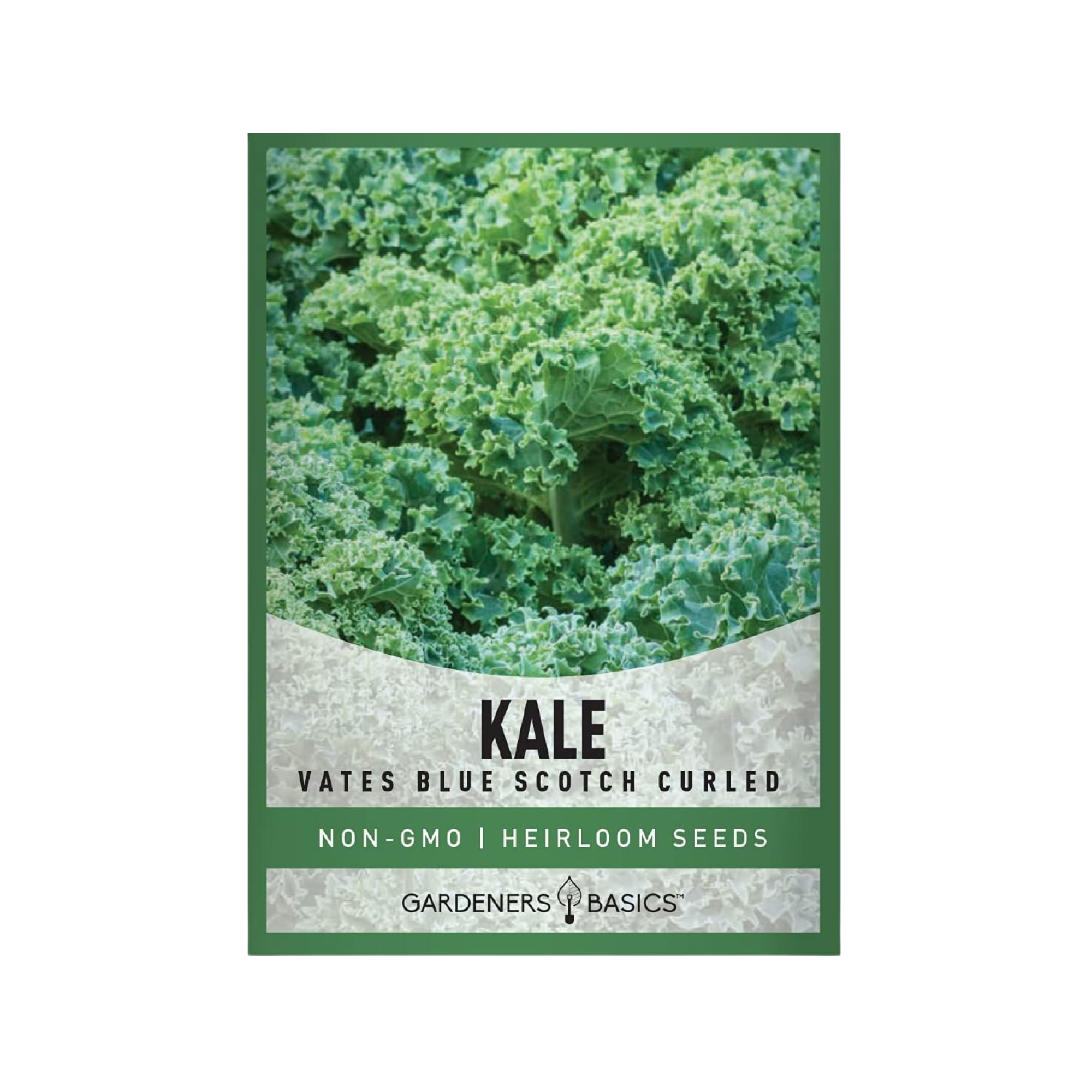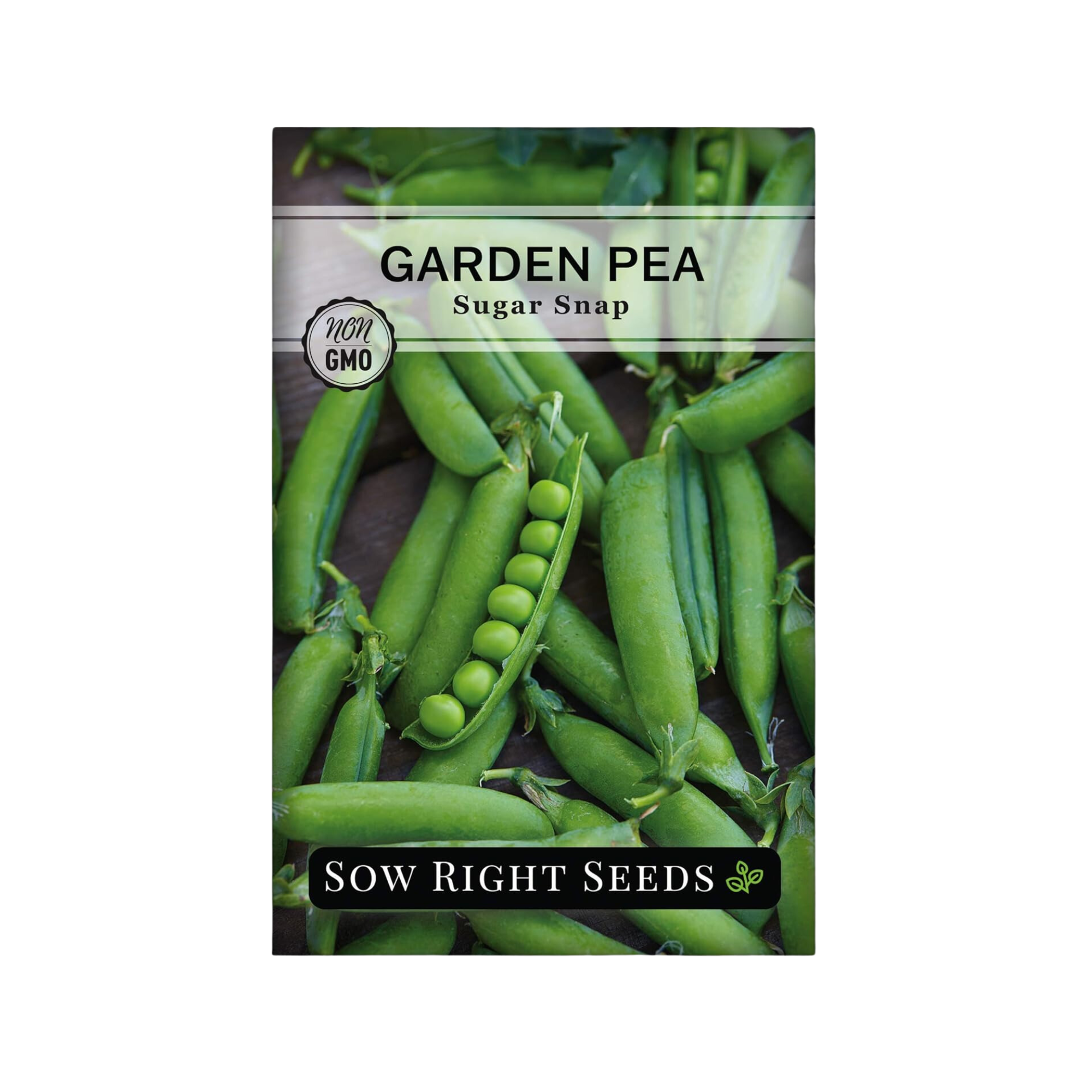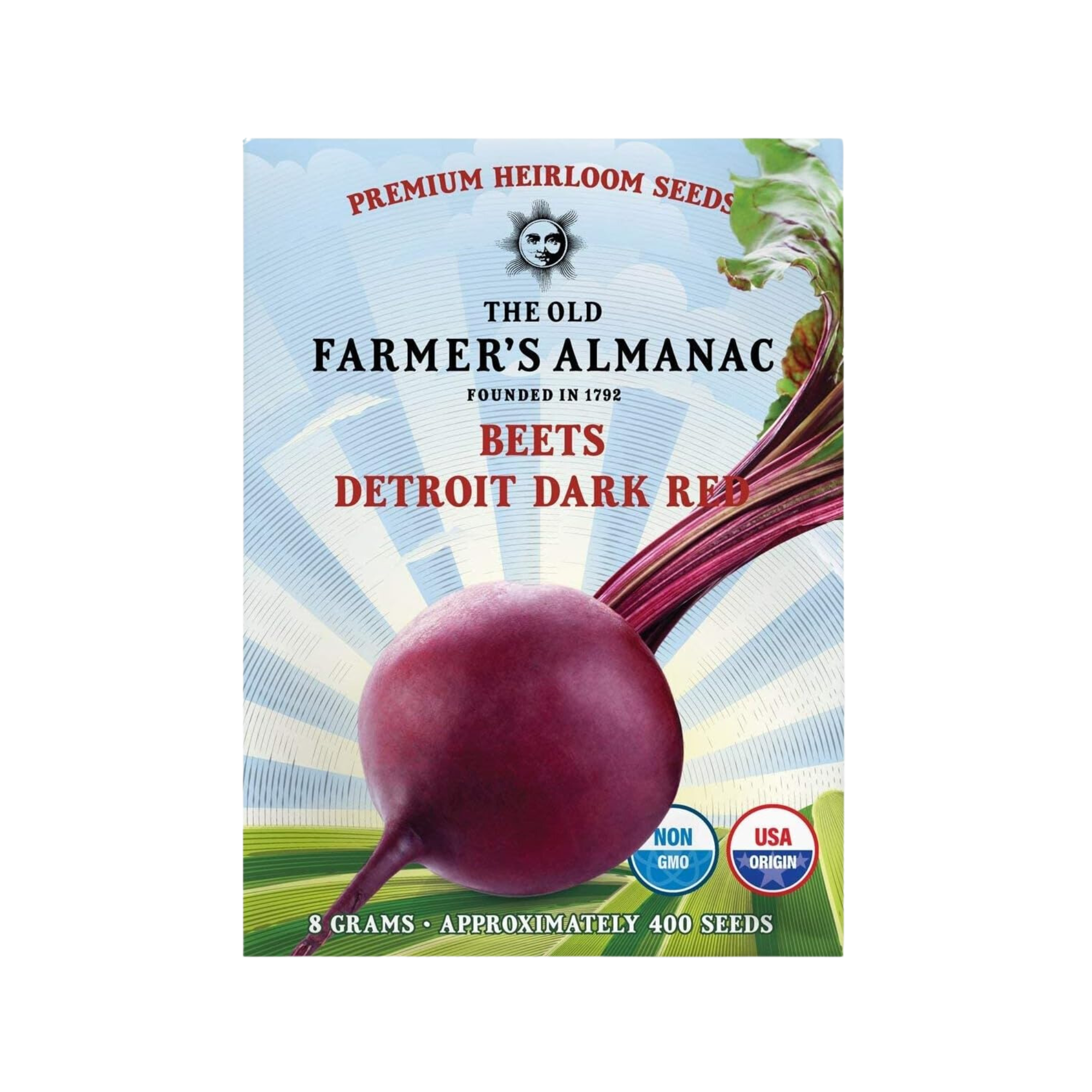6 Vegetables to Plant in April for a Bountiful Organic Harvest Later This Year
You'll be ditching the trip to the store and serving up fresh organic veggies before you know it


If you've found yourself scanning grocery aisles for fresh, organic produce and you've been less than happy with the selection on hand, you should probably consider starting your own vegetable patch. That way, you know exactly what's going into your vegetables and you don't have to spend a pretty penny every time you're in the mood to whip up a delicious salad. Well, there's no time like the present, and this month happens to be the perfect time to get started on growing your own edible produce.
To get you set up on your gardening journey, we've consulted an expert to find out exactly what to plant in April for a healthy harvest in as little as a month, alongside some insight on how to care for your edible garden. With some quality seeds, a little effort, and optimal watering, you'll soon be the proud owner of a modern vegetable garden guaranteed to satisfy your appetite.
1. Lettuce and Salad Greens
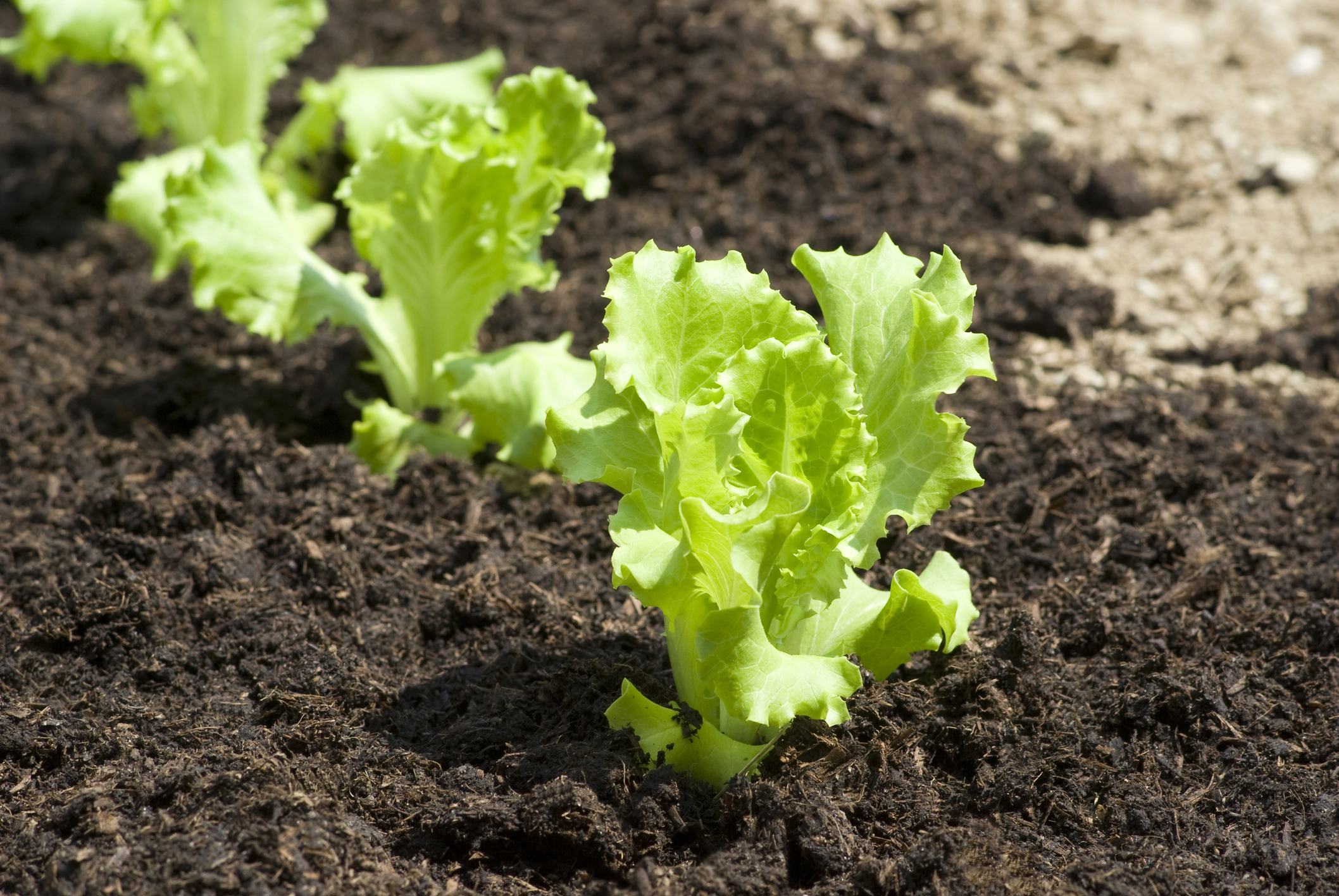
Lettuce is an easy-grow making it the perfect choice to start a vegetable garden. Not only is this plant surprisingly low-maintenance but it's usually ready to harvest within just 30 days from the time of sowing.
Zahid Adnan, founder of The Plant Bible, tells us that April is the best time to plant lettuce and other salad greens in your backyard. 'Lettuce prefers cooler temperatures so be sure to choose a spot that receives partial sun,' says Zahid. 'When planting outdoors, make sure to choose a cloudy day or do it during the late afternoon to prevent the seeds from drying out.'
When it comes to picking your greens later in the season, proper pruning will encourage more growth. 'It's good to harvest leaves from the outside to encourage continued growth and consider planting the salad greens in intervals (succession planting) for a continuous harvest,' he says. He also encourages adding a layer of mulch to help retain the soil's moisture and keep the roots cool. We love this pet-friendly organic mulch from Amazon that's made to protect your soil without the use of any harmful chemicals.
2. Radishes

Radishes are excellent companion plants which makes it all the easier to incorporate them into your edible garden. Just three weeks in and this root vegetable will likely be ready to harvest, and Zahid tells us that their fast-paced growth allows you to plant them multiple times throughout the growing season.
'Plant the radish seeds one inch apart in rows, and cover with a fine layer of soil,' he instructs. 'Inconsistent watering can result in woody roots, so try to water these plants regularly to keep the soil moist and the crop healthy.' Then the next time you're dining alfresco and your guests ask you about the refreshing radish in their spring salad, you can simply direct their line of sight to your gorgeous backyard radish crop!
The Livingetc newsletters are your inside source for what’s shaping interiors now - and what’s next. Discover trend forecasts, smart style ideas, and curated shopping inspiration that brings design to life. Subscribe today and stay ahead of the curve.
3. Peas
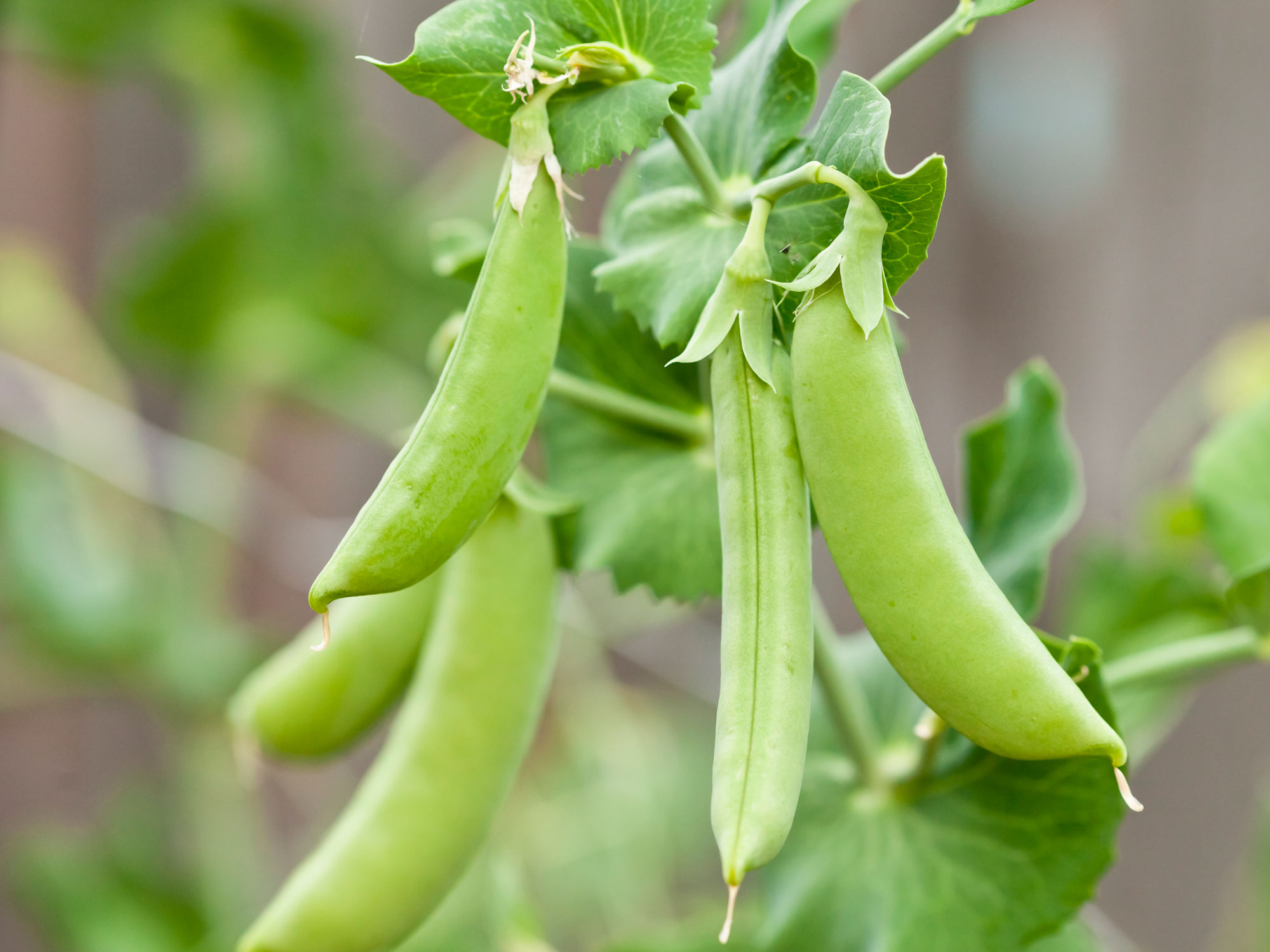
April is a great month to try your hand at growing peas. These hardy green legumes are simple to care for and nutrient-rich, which makes this a lovely option for beginner gardeners.
'Plant seeds about one inch deep and two inches apart and water the crop regularly, especially once flowers and pods begin to form,' Zahid explains. 'Peas don't need much fertilizer, especially if you worked compost into the soil before planting.' If you've selected a climbing variety of peas, plant a trellis into the soil before planting your seeds to avoid damaging the roots. According to Zahid, you can tell that your peas are ready to pick when the pods are plump but refrain from letting them get overly large to retain the sweetness.
4. Beetroot
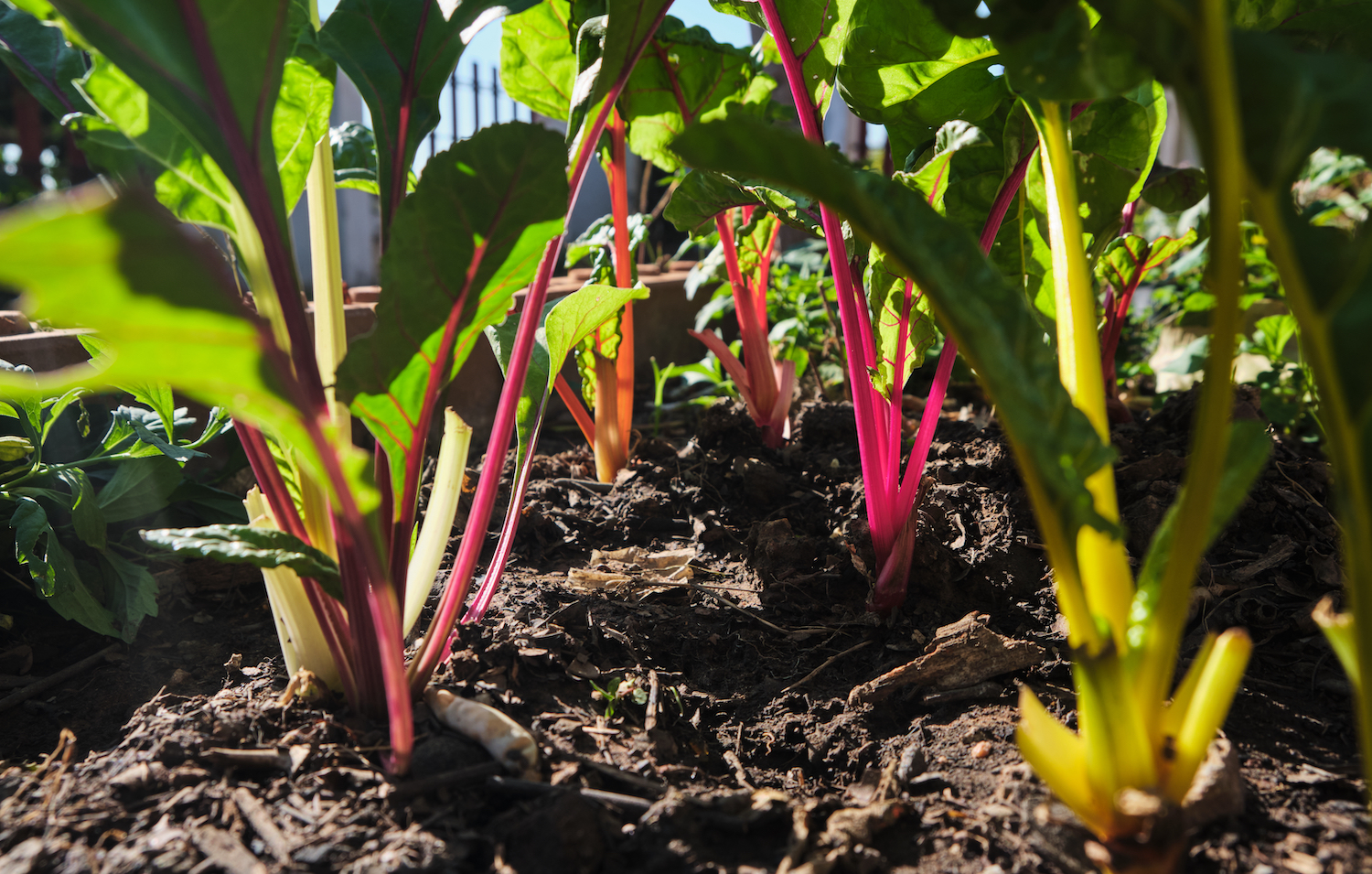
Imagine looking for a sweet veggie to add to your salads or to pickle for sandwiches, and all you'd have to do is walk the length of your backyard and collect the ripe beets growing in your garden. It's truly the simple pleasures that add joy to our lives and we can stand by the fact that an at-home vegetable patch will bring you both happiness and health.
Zahid informs us that beetroot seeds can be sown directly into well-draining soil, around one inch apart and half an inch deep. 'If you have clay soil, consider raised beds or mixing in sand to improve drainage,' he adds, 'and remember to water consistently to ensure even root growth'. Since both the roots and the greens are edible, he also suggests harvesting the greens early and waiting for the roots to develop.
5. Carrots

Carrots can satisfy a significant volume of your daily vitamin intake and they're all the better when you know for certain that they're free from all of the nearly unpronounceable additives that are commonly scrawled across supermarket packaging.
As if that weren't reason enough to grow them at home, carrots are fairly easy to care for. Zahid recommends directly sowing carrot seeds in loose, sandy soil to allow for proper root development and encourages gardeners to keep the soil hydrated to encourage germination.Compared to these vegetables, carrots take slightly longer to grow into their full form. However, once they do, they'll be the star of your spring charcuterie board.
6. Kale
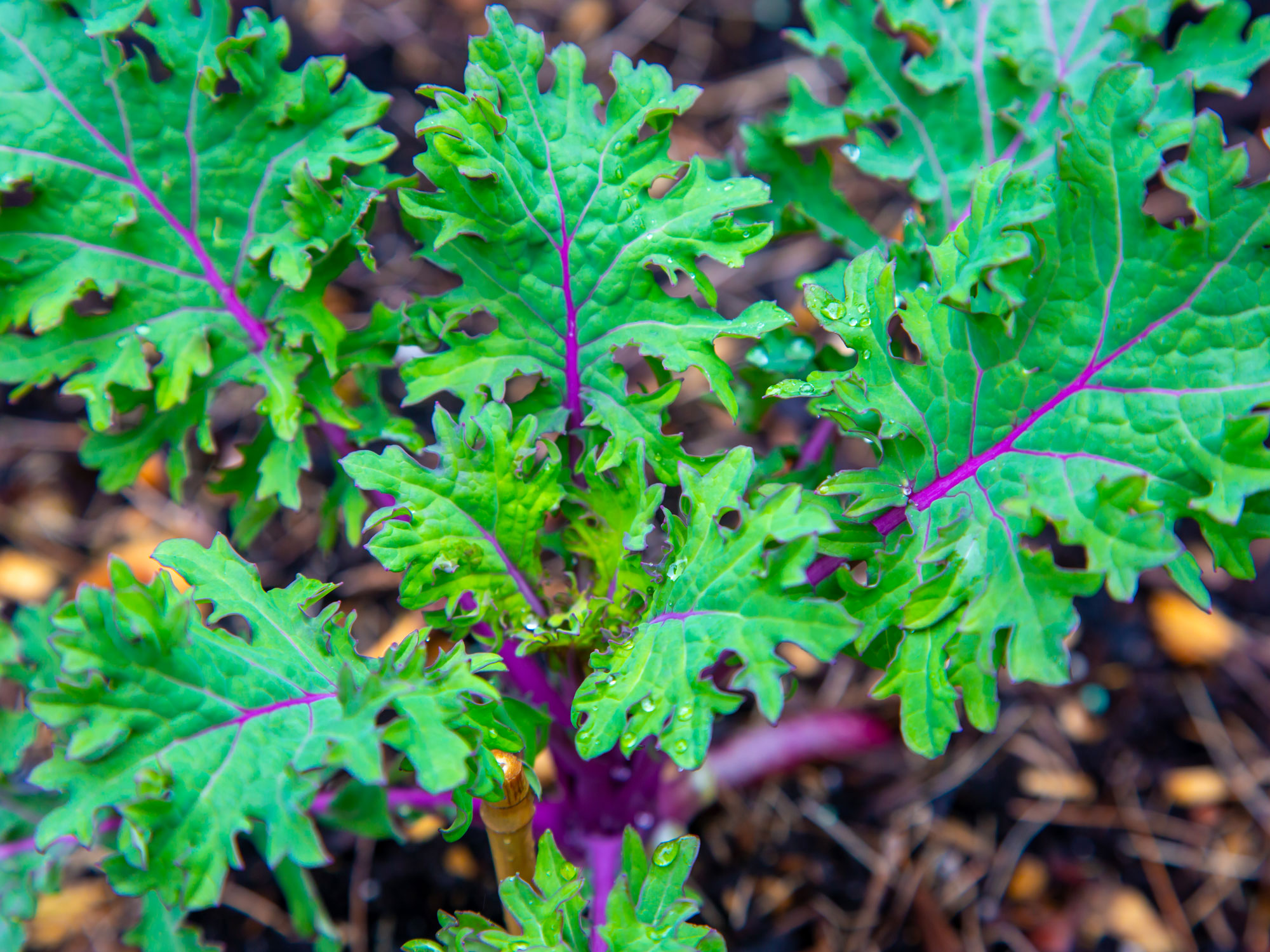
Known for its health benefits, kale is a leaf cabbage that is commonly found in salads and sandwiches. Instead of overspending on a bag of tired-looking crushed kale leaves, you can plant it in your veggie patch and indulge in the nutrition in a far more sustainable way.
'Kale seeds should be planted around half an inch deep, the soil should be kept consistently moist and it can benefit from mulching,' notes Zahid. 'It's a hardy vegetable that can continue to produce leaves even after multiple harvests.' Similar to lettuce, it's best to pick the leaves from the outside to allow the kale plant to continue to grow.
If you choose to grow all of these vegetables, you'll be guaranteed one hearty salad at the end of the harvest season. However, you can also start small and grow your way up to a beautiful vegetable garden showcasing a wide variety of plants. Either way, try your hand at veggie farming and you'll soon uncover the delectable produce that you've been missing out on all along.
Our top gardening buys for a budding vegetable garden

Amiya is a Home Wellness Writer at Livingetc. She recently graduated with a Masters Degree in Magazine Journalism from City, University of London, and has lent her words to beauty, fashion, and health sections of lifestyle publications including Harper’s Bazaar and Women’s Health. Her experience as a research analyst has equipped her with an eye for emerging trends. When she’s off the clock, she can be found reading, listening to music, or overanalyzing her latest Co-Star update.
